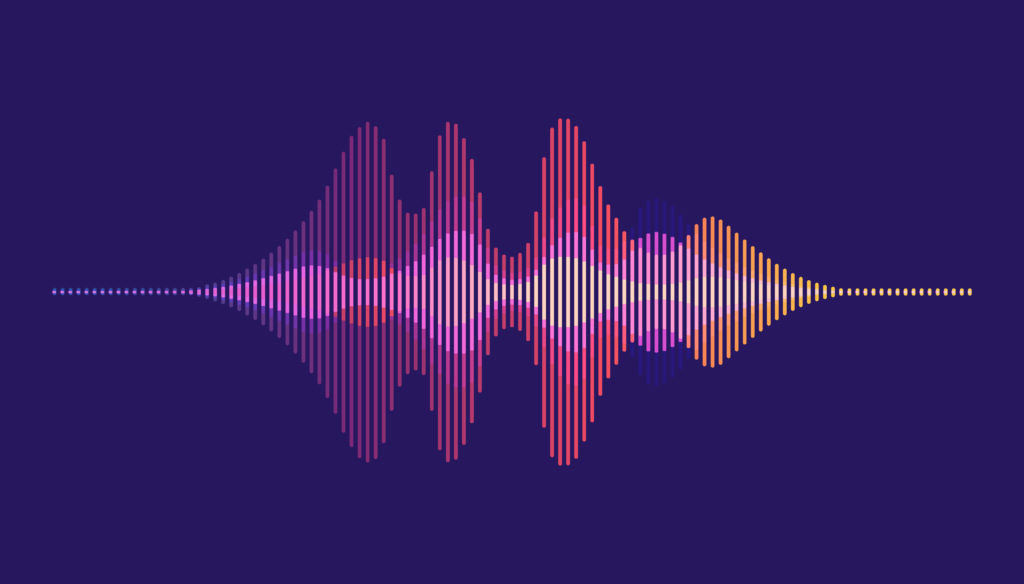What is involved when we make a sound with our vocal cords? Students explore the mechanics of vocal cords in this activity.
You can feel that speaking involves vibration. Vocal cords are stretchy flaps of skin in your throat that vibrate to make a sound. In order to speak, we move air past our vocal cords, which makes them vibrate. The vocal cords must be in good shape for speech to sound clear and loud. Air being let out of a balloon mimics how air passes through the vocal cords to produce sound.
We change the sounds we make by stretching and contracting the muscles attached to our vocal cords. The sounds found in the word "gllloooooooo" stretch the vocal cords in different ways. When the vocal cords are stretched out we make high sounds and when they are loose we make lower sounds. A great video of vocal cords in action (courtesy of the filming of a laryngoscopy procedure) can be found at Auditory Neuroscience.
Adjusting the tension in the opening of a balloon as the air comes out demonstrates how to vary pitch. As air is forced out of a balloon or whoopee cushion's narrow opening, it makes the rubber vibrate. This in turn makes the air surrounding the rubber vibrate, propagating waves through the air to your ears, translating into sound. When blowing through their "fart whistles," students get to both see and feel the vibrations of the sound.
When you speak, you use the muscles in your tongue, lips, jaw, and pharynx to make the vocal cord vibrations into words. Adjusting the neck and "mouth" of the balloon mimics how human voices are changed by the actions of their anatomy.



